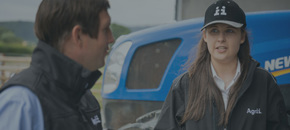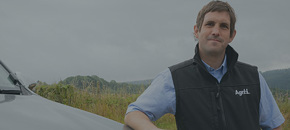The incidence of footrot on farms and sheep suffering from lameness is totally dependent upon weather conditions.
Wet weather, wet grazing conditions and housed ewes at lambing time are the main factors affecting this condition.
Weaning and post weaning are an ideal time to assess the status of the flock regarding footrot. Even in a dry summer, it is important to identify problems before the disease may become established in the latter part of the year, when weather conditions become wetter and disease levels can increase.
The housing of sheep pre and post lambing is probably the worst time for transfer of footrot, so an early programme of control is well worth consideration before potential problems occur.
Vaccination is an aid to treating footrot and preventing lameness by stimulating the animal’s immune system.
Vaccination should be given on a whole flock basis and timed to be given just before increased disease risk.
MSD the manufacturers of Footvax™ suggest a 5-point plan to assist in the control of footrot:
- Culling: Cull persistently affected sheep, especially before the start of a vaccination programme. This brings a reduction of lameness in the flock as infected animals are constantly passing on infection.
- Avoid: Avoid disease transmission by paying attention to good hygiene. Minimise the gathering of flocks unless absolutely necessary and use suitable hygiene practices.
- Treating: Ideally sheep should be treated within 3 days of an outbreak, to reduce the incidence of passing on infection. Affected animals should be isolated for condition monitoring and to reduce disease spread.
- Quarantine: A standard biosecurity procedure for bought in stock should be a minimum 4 week period. If sheep show signs of lameness during quarantine, isolate them and treat appropriately before they are introduced to the flock.
- Vaccination: Vaccination programme: Withdrawal period zero days. This should be tailored to meet individual flock requirements which may vary from season to season, according to the likely incidence of footrot. Whenever possible, a whole flock vaccination programme should be adopted. By this means disease incidence in the flock will decline and subsequent disease risk from the environment will be greatly reduced.
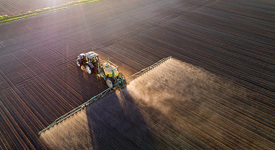
Safe Fertiliser Use
Safe Fertiliser Use
Fertiliser
Agrii specialists are equipped with the most up-to-date research and the best fertiliser products
Learn More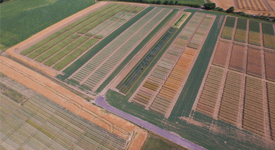
Research & Development
Learn about our latest research & development so you can feel confident about todays farming challenges.
Discover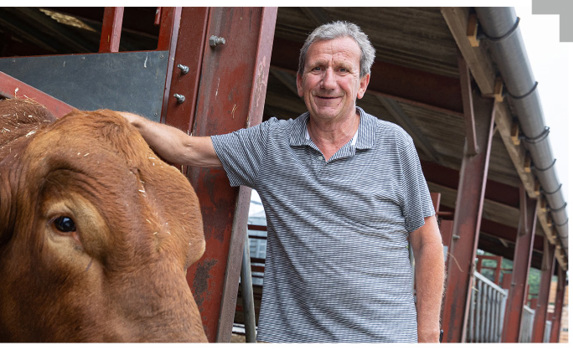
Featured News
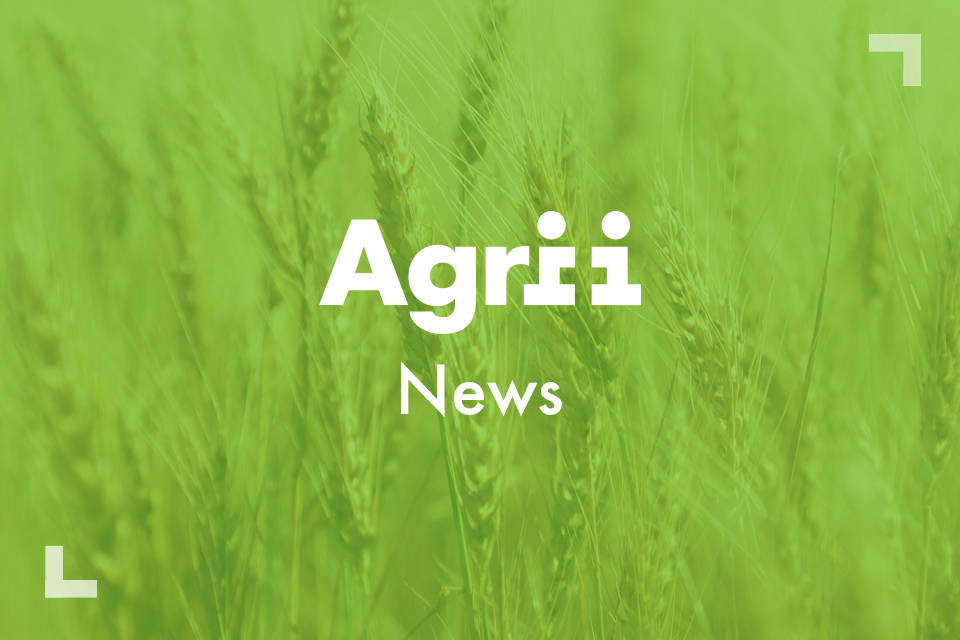
News - 07/12/23
‘The field of the future’: The Digital Technology FarmsWe have launched an innovative new project involving the use of several connected technologies that can be used to make agronomic decisions at field scale throughout the growing season.
News - 26/07/24
Biostimulant Seed Treatments : A boost to growth and yield
News - 05/07/24
SFI SOH4: Winter Cover following Maize Crops
News - 02/07/24
Agrii strengthens fruit team with five new recruits
News - 24/05/24
Successful OSR Establishment: A Proven Six-Point Strategy
News - 09/05/24
Investment in Mobile Colour Sorting Technology
